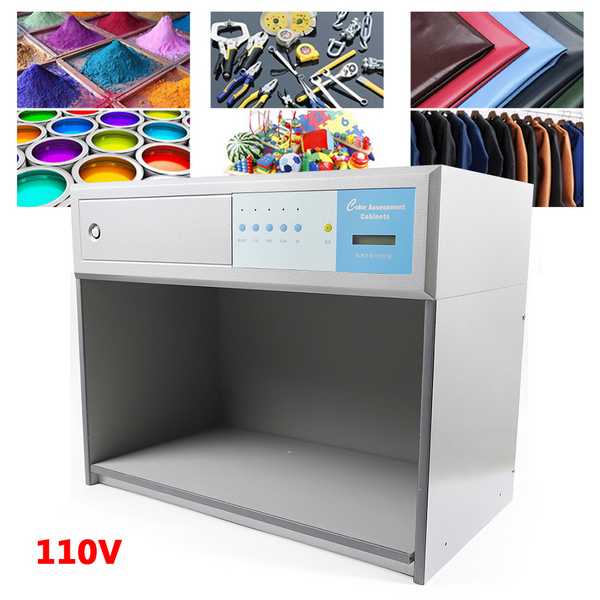What is a color assessment cabinet and how does it work?

A color assessment cabinet is a device that simulates different lighting conditions to help evaluate the color quality and consistency of products. It is widely used in industries such as textile, printing, packaging, cosmetics, and automotive, where color accuracy and harmony are crucial.
A color assessment cabinet consists of a closed box with several light sources mounted on the top or sides. The light sources can be switched on and off individually or in combination to create different lighting scenarios. The user can place the product samples inside the box and compare their colors under different lights.

The purpose of a color assessment cabinet is to eliminate the influence of ambient lighting and subjective perception on color judgment. Different light sources have different color temperatures and spectral distributions, which can affect how we perceive colors. For example, a red shirt may look bright and vivid under daylight, but dull and dark under fluorescent light. A color assessment cabinet provides a standardized and controlled environment for color comparison and measurement.
A color assessment cabinet can also help detect metamerism, which is a phenomenon where two colors appear to match under one light source but not under another. Metamerism can cause problems in quality control and customer satisfaction, especially when products are made of different materials or by different processes. A color assessment cabinet can help identify and avoid metamerism by testing the samples under various light sources that represent the intended end-use conditions.
2023-04-19 11:07

